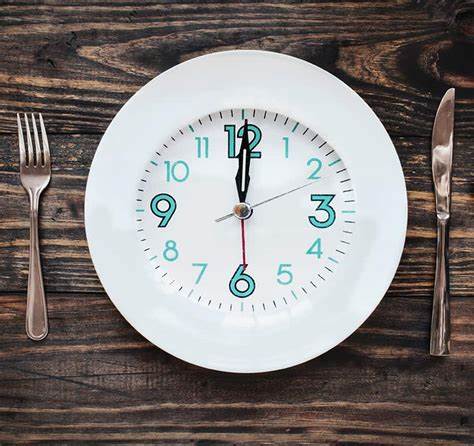Intermittent fasting is an eating pattern that cycles between periods of fasting – not eating and eating. It focuses on eating times rather than what you are consuming.
So, what's the point?
Intermittent fasting is often used for one of two reasons – for weight loss or gut health as it helps boost your gut microbiome as well as the levels of specific gut bacteria.
Intermittent fasting can have some great benefits, most commonly being weight loss. To break it down, intermittent fasting works as a tool to restrict the intake of calories. As your body burns more calories than are being consumed, this results in a calorie deficit – causing a reduction in body fat. Studies show it can also help with reducing 'bad' LDL cholesterol, blood triglycerides, inflammatory markers, blood sugar, and insulin resistance.
There are several ways to intermittent fast – all involving eating and fasting periods throughout the day or week, and these are the most popular.

The 16/8 Method
Also known as the Leangain protocol, this involves fasting every day for around 16 hours and restricting your eating period to 8 hours. Typically, a daily routine would consist of skipping breakfast, and the eating period would be between 1 and 9 pm. Remember to stay hydrated throughout the day with plenty of water. After adapting to a 16 hour fast, try an 18 hour fast with a 6-hour eating window.
The 5:2 Diet
With this method, the 5:2 involves eating what you would typically consume five days of the week and then restricting your intake to 500-600 calories for the remaining two days of the week – remember, these two days should be non-consecutive!
24 Hour Fast
This is exactly how it sounds – fasting for 24 hours once or twice a week. The time you start your fast isn't super important. It just needs to be a complete 24 hours, so whether it's from midnight to midnight or lunchtime to lunch the following day, it's entirely up to you.
Alternate Day Fasting
This is where you fast every other day (one day on, one day off).
One Meal a Day (OMAD)
Fast for 23 hours and eat your calories in a 1-hour window. OMAD provides all the benefits of fasting while simplifying your schedule and approach to food. Because OMAD involves calorie restriction and eating a single meal, it can also maximise the weight loss benefits of a fasting diet. Since OMAD requires more effort, it is recommended to avoid trying it until you have more experience with fasting.
Fat Fasting
A fat fast is a high-fat, low-calorie diet that typically lasts 2–5 days. During this time, it's recommended to eat 1,000–1,200 calories per day - 80–90% of which should come from fat. Fat fasting is designed to get you into ketosis quickly or boost ketone levels if you have already achieved ketosis by restricting your calorie and carb intake.
People commonly use it on a ketogenic diet when they want to break through an ongoing weight loss plateau or those wanting to get back into ketosis after a cheat day - on which the rules of a low-carb diet are relaxed, and you eat foods that are high in carbs.
What can you eat without breaking a fast?
It is essential to keep hydrated while fasting. You can have black coffee, tea, apple cider vinegar and selected electrolytes (the Redmond’s unflavoured is a good option!).
Many people find the 16/8 method the simplest and most sustainable for their lifestyle. However, everyone is different, so it's about finding what works for you.

With that, intermittent fasting isn't for everyone, and it's not something that everyone needs to do. It's an eating pattern that can improve your health, so it's all about finding what works for you, your body, and your health journey.





